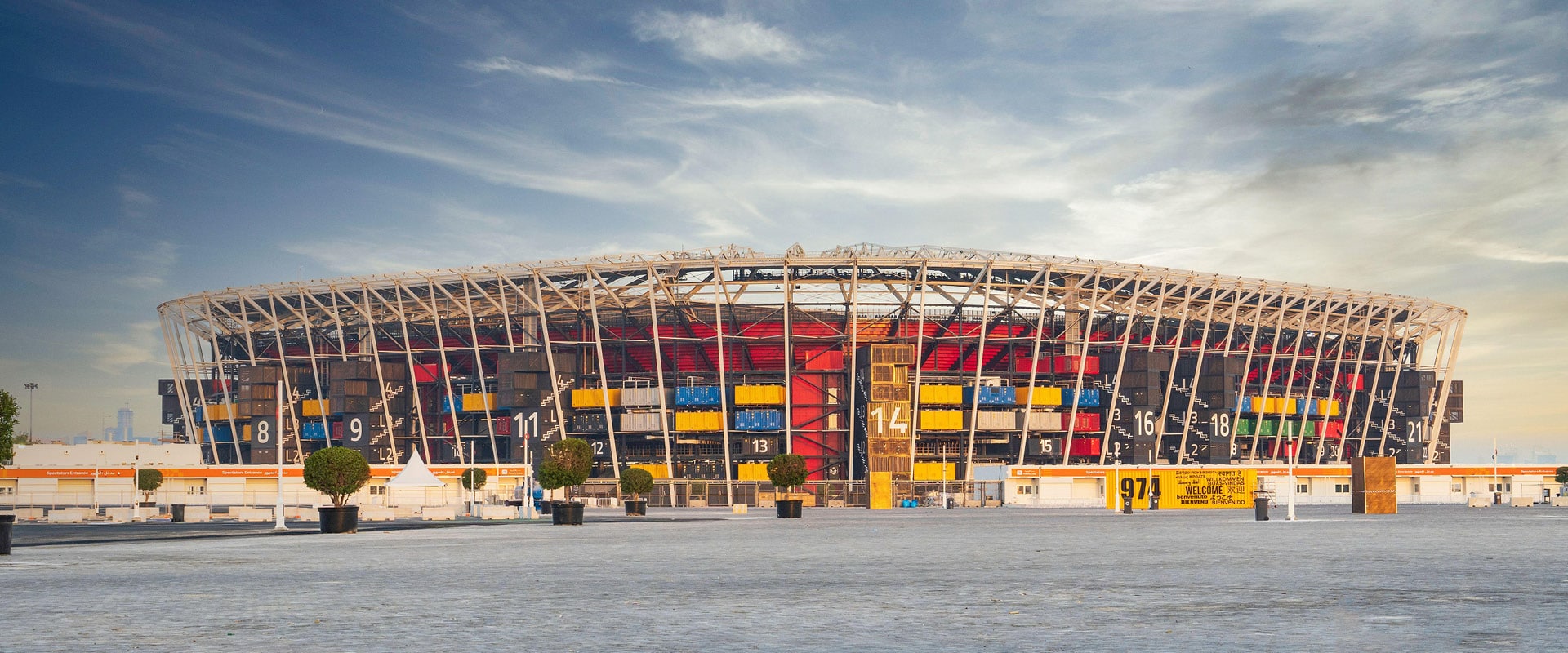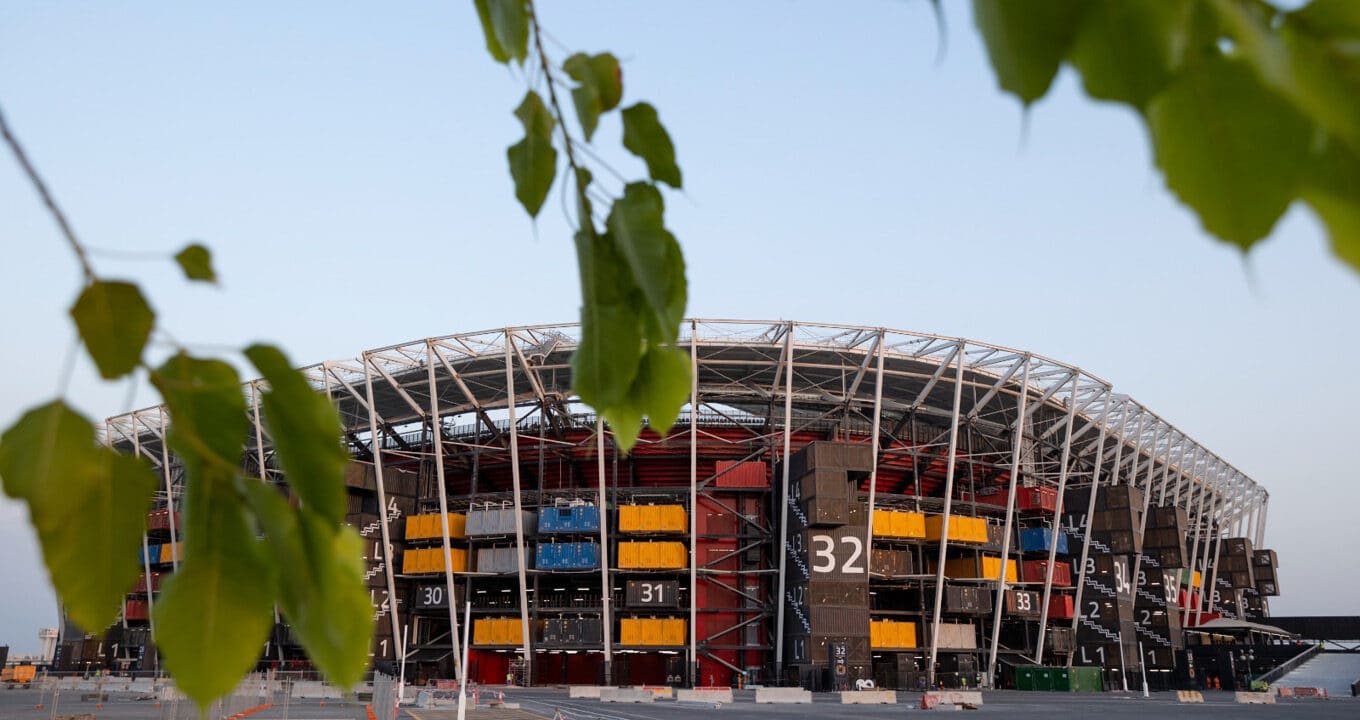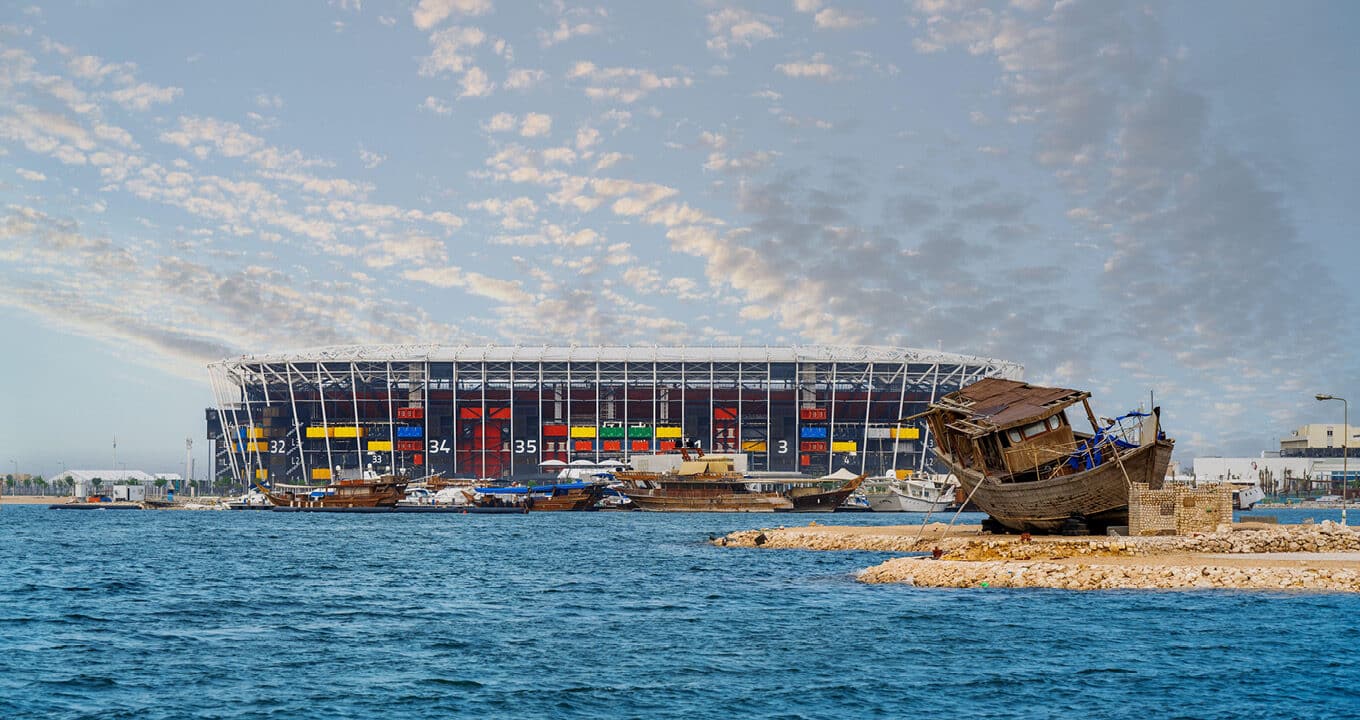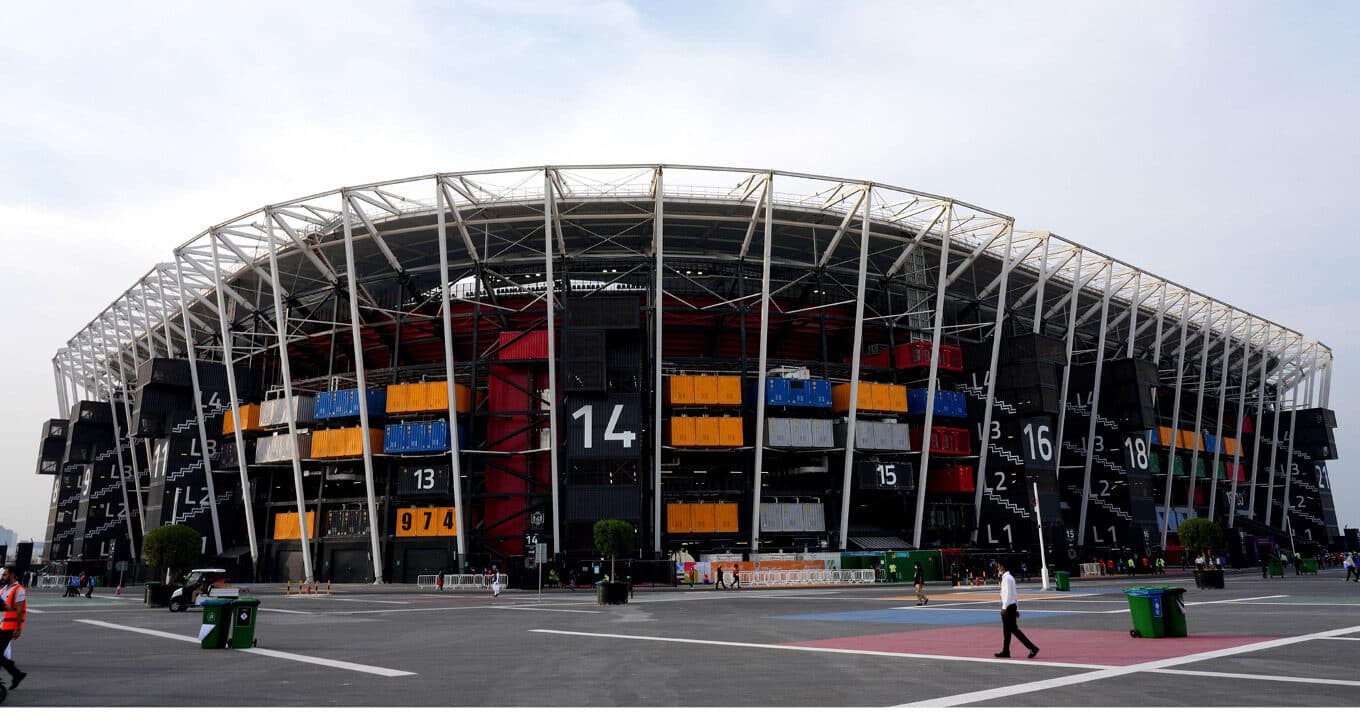ClientThe Q22 Supreme Committee for Delivery & Legacy
Architect Fenwick Iribarren Architects (FI-A)
Structural Engineerschlaich bergermann partner
StatusComplete

Our team designed entirely bespoke engineering services that married modular distribution together with ‘plug and play’ connectivity – based on previous experience on hotel modules for Polcon – to give a truly demountable and re-usable solution.
Completed at the beginning of 2021, the stadium will be operational leading up to and during the World Cup. After the tournament, it will be dismantled and reassembled, at speed, in a new location in its entirety, or broken down into numerous small sports and cultural venues. This makes it the first fully modular, moveable, and reusable stadium of its kind in the world.
Because of this, an integral part of the brief was for the services to be disassembled as easily as they were plugged in. We created tailored mechanisms for connection and de-connection to ensure every element could be used again. This circular economy approach to MEP is rare and draws on methods from the automotive industry, pushing the boundaries of what is possible in real estate.





The sustainable benefits to the client of this approach are obvious; less waste; a reduced initial and whole life carbon footprint; and creating a social legacy of reuse of such built assets where they are needed. The project has received five-star Global Sustainability Assessment System (GSAS) certification based on its credentials, exceeding client expectations.
Air quality was also a key focus in the design. Our team conducted extensive, advanced building physics testing to examine the performance of the naturally ventilated bowl and the performance of the containers under tournament and pre-tournament climate conditions. Using computer modelling techniques, CO2 levels, air speeds and air quality were measured at both precinct and stadia level.
Our team delivered all the engineering services together with, sustainability consultancy, acoustics, vertical transportation/people movement and security consultancy.

